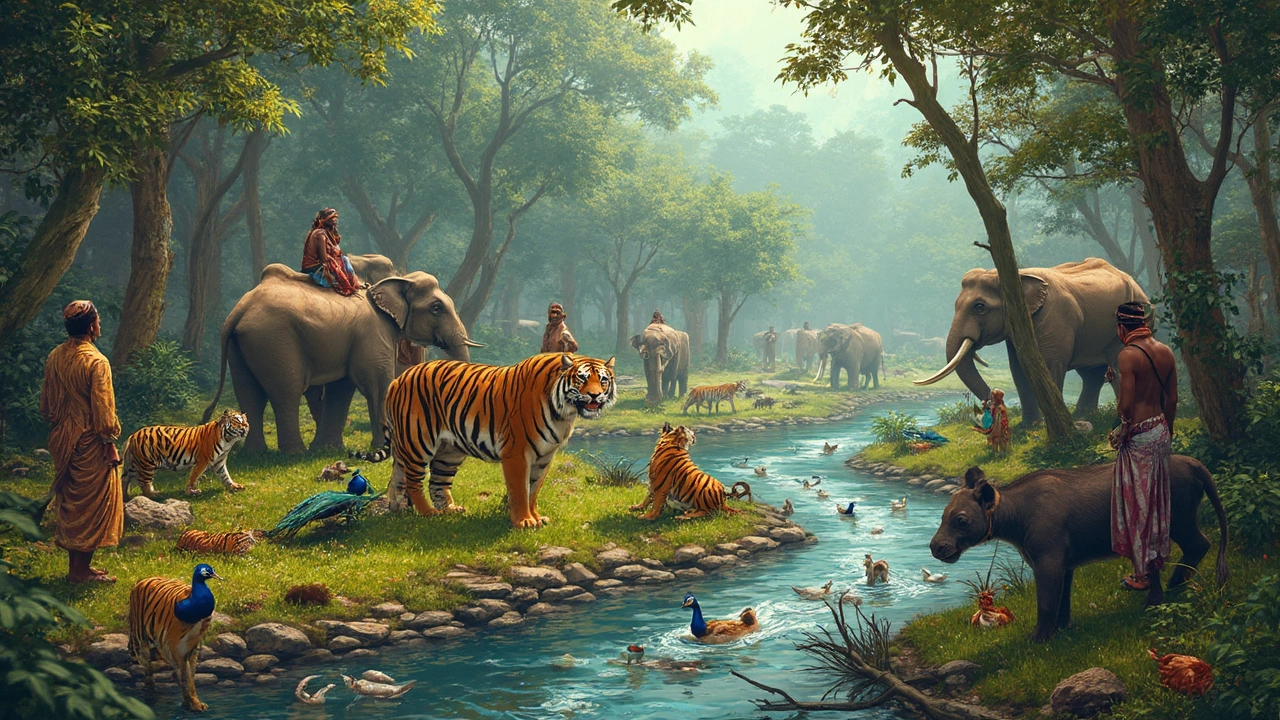Nature Conservation in India: Protecting Wild Spaces and Why It Matters
When we talk about nature conservation, the active protection and restoration of natural ecosystems and biodiversity. Also known as environmental preservation, it's not just about saving tigers or planting trees—it's about keeping the whole system alive so places like the Himalayas, the Western Ghats, and the Sundarbans can still be explored, not just remembered. This isn’t a luxury. It’s the reason your jungle camp exists. Without protected forests, clean rivers, and quiet nights under stars, there’s no wild retreat to book.
India’s UNESCO World Heritage Sites, areas recognized by UNESCO for their outstanding natural or cultural value. Also known as global conservation landmarks, include places like Kaziranga, the Great Himalayan National Park, and the Western Ghats—each one a living archive of biodiversity. These aren’t just tourist spots. They’re the last strongholds where elephants roam without fear, where rare birds still nest, and where tribal communities still live in balance with the land. And guess what? Many of the guides you’ll meet on your trek, the campsites you’ll sleep in, and the local food you’ll eat all depend on these places staying protected. You can’t have sustainable tourism without nature conservation. One can’t survive without the other.
Eco-friendly camping, outdoor lodging that minimizes environmental impact through low-impact practices and local partnerships. Also known as green camping, is becoming the standard, not the exception. It means no plastic bottles, waste taken out, solar lights, and hiring local guides who know the land better than any map. These aren’t marketing buzzwords—they’re survival tactics. In places like Nagpur, the Great Himalayan Trail, or the beaches of Odisha, every camp that follows these rules helps keep the wild wild. The posts below show you how this works in real life: from how trekking guides protect trails in Kedarkantha to why visiting a temple in the forest means respecting sacred groves. You’ll see how a single visitor’s choices—what they pack, who they hire, where they stay—can tip the balance between preservation and loss.
What you’ll find here aren’t just travel tips. They’re stories of people on the ground—rangers, villagers, guides—who are fighting to keep India’s wild places alive. You’ll learn how your next trip can help, not hurt. Whether you’re planning a beach stay in Goa, a trek in the Himalayas, or a visit to a heritage forest, the choices you make matter more than you think. This isn’t about guilt. It’s about power. You have it. Use it wisely.
